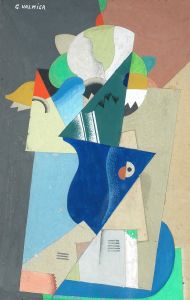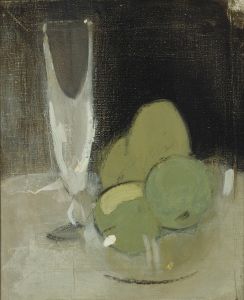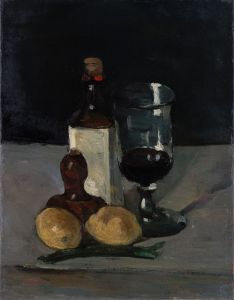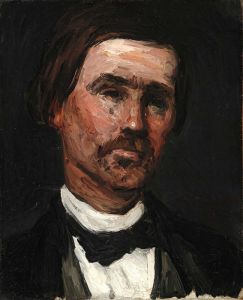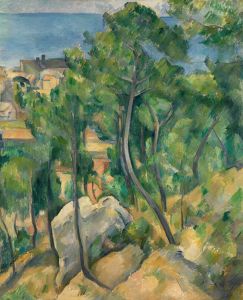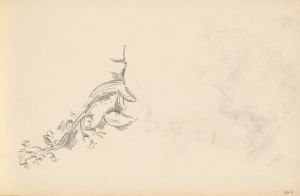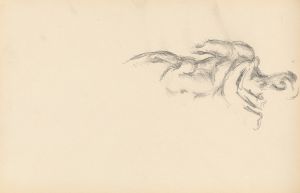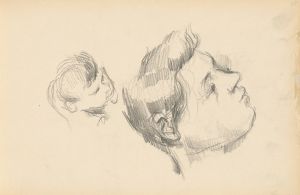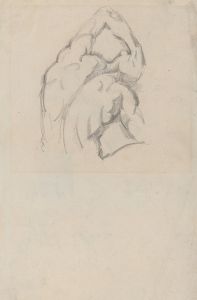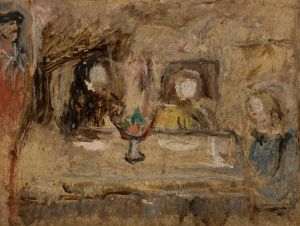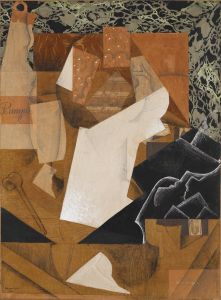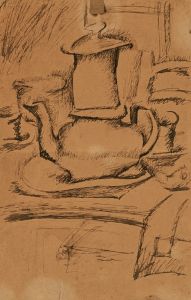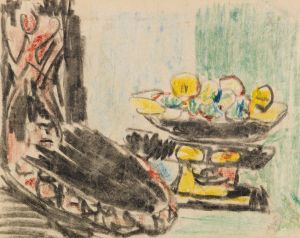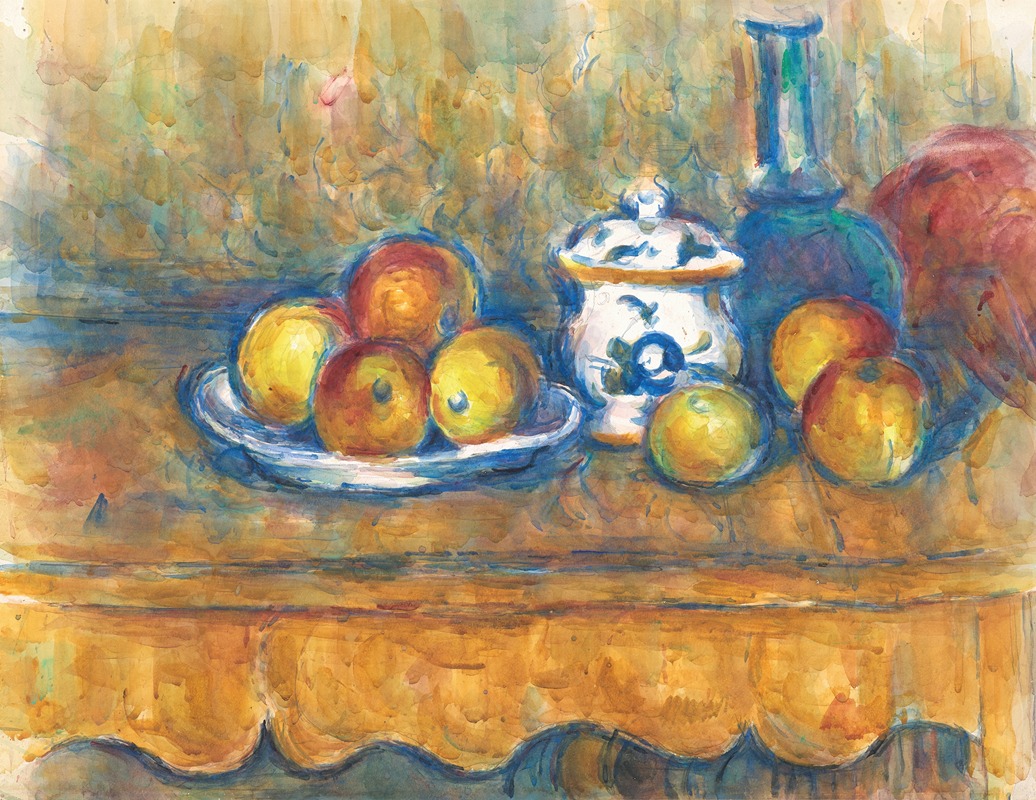
Stillleben mit blauer Flasche, Zuckerdose und Äpfeln
A hand-painted replica of Paul Cézanne’s masterpiece Stillleben mit blauer Flasche, Zuckerdose und Äpfeln, meticulously crafted by professional artists to capture the true essence of the original. Each piece is created with museum-quality canvas and rare mineral pigments, carefully painted by experienced artists with delicate brushstrokes and rich, layered colors to perfectly recreate the texture of the original artwork. Unlike machine-printed reproductions, this hand-painted version brings the painting to life, infused with the artist’s emotions and skill in every stroke. Whether for personal collection or home decoration, it instantly elevates the artistic atmosphere of any space.
Paul Cézanne's "Stillleben mit blauer Flasche, Zuckerdose und Äpfeln" is a still life painting that exemplifies the artist's innovative approach to composition, color, and form. Cézanne, a French Post-Impressionist painter, is often credited with laying the groundwork for the transition from 19th-century artistic concepts to a new and radically different world of art in the 20th century. His work is characterized by a unique method of building form with color and his analytical approach to nature.
This particular painting, whose title translates to "Still Life with Blue Bottle, Sugar Bowl, and Apples," showcases Cézanne's mastery in depicting everyday objects with a sense of permanence and solidity. The composition includes a blue bottle, a sugar bowl, and several apples, arranged on a surface that is likely a table. These objects are rendered with a careful attention to their spatial relationships and the play of light and shadow, which was a hallmark of Cézanne's style.
Cézanne's still lifes are notable for their exploration of perspective. Rather than adhering to the traditional single-point perspective, he often employed multiple viewpoints within a single composition. This technique is evident in "Stillleben mit blauer Flasche, Zuckerdose und Äpfeln," where the objects appear to be viewed from slightly different angles. This approach contributes to a sense of depth and dimensionality, inviting viewers to engage with the painting in a more dynamic way.
The color palette of the painting is another significant aspect of Cézanne's work. He used a range of hues to create a harmonious balance between the objects and their surroundings. The blue of the bottle contrasts with the warm tones of the apples, while the white of the sugar bowl adds a neutral element that ties the composition together. Cézanne's use of color was not merely representational; it was also a means of expressing the underlying structure and form of the objects.
Cézanne's still lifes, including this one, were influential in the development of modern art. His emphasis on the fundamental shapes and forms of objects inspired later artists, such as Pablo Picasso and Georges Braque, who further explored these ideas in the development of Cubism. Cézanne's work demonstrated that a painting could be both a representation of reality and an exploration of the abstract qualities of form and color.
"Stillleben mit blauer Flasche, Zuckerdose und Äpfeln" is a testament to Cézanne's ability to transform simple, everyday objects into a complex and engaging visual experience. Through his innovative techniques and thoughtful compositions, Cézanne challenged the conventions of his time and paved the way for future generations of artists. His work continues to be studied and admired for its contribution to the evolution of modern art.





